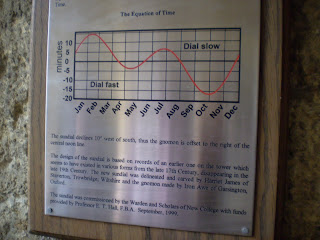
 I know what we mean by a renewable energy resource but I'm struggling with the idea that electricity is renewable. Assuming it keeps raining (a fair bet in the Scottish Highlands) then Lochan na Lairige will continue to be refilled with water. That's renewable. The water flows down the pipe below the dam from an altitude of 500 metres down to a power station on Loch Tay over 300 metres below. The gravitational potential energy turns into kinetic to drive a turbine and generate electricity. I teach that renewable means "won't run out". The gravitational potential in the water at the top of the hill will continue in perpetuity. So can we say that the electricity itself, as the end product, is renewable or should the sign say "electricity generated from a renewable energy source"??
I know what we mean by a renewable energy resource but I'm struggling with the idea that electricity is renewable. Assuming it keeps raining (a fair bet in the Scottish Highlands) then Lochan na Lairige will continue to be refilled with water. That's renewable. The water flows down the pipe below the dam from an altitude of 500 metres down to a power station on Loch Tay over 300 metres below. The gravitational potential energy turns into kinetic to drive a turbine and generate electricity. I teach that renewable means "won't run out". The gravitational potential in the water at the top of the hill will continue in perpetuity. So can we say that the electricity itself, as the end product, is renewable or should the sign say "electricity generated from a renewable energy source"??































